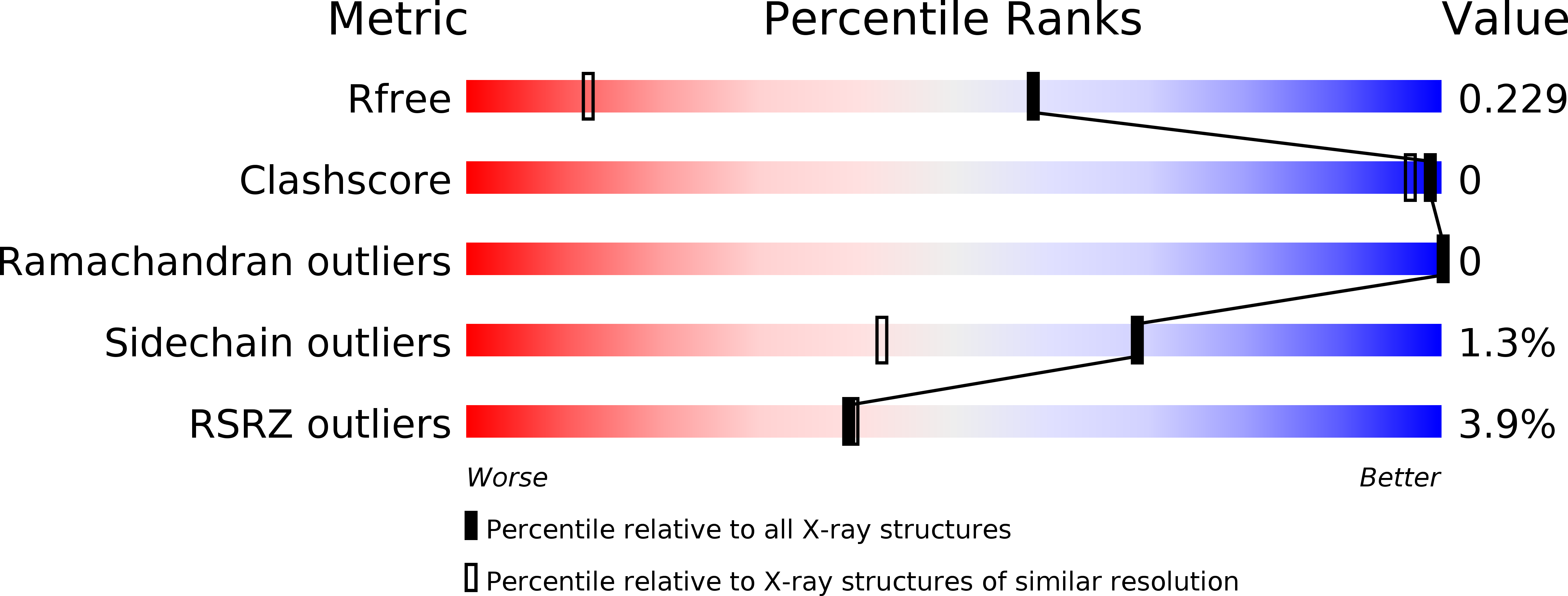
Deposition Date
2010-03-18
Release Date
2010-08-04
Last Version Date
2024-03-20
Method Details:
Experimental Method:
Resolution:
1.40 Å
R-Value Free:
0.22
R-Value Work:
0.19
R-Value Observed:
0.19
Space Group:
P 21 21 21


